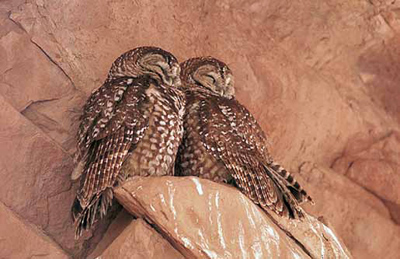 |
| https://www.nps.gov/articles/mexican-spotted-owl.htm |
Although the majority of Mexican spotted owls stay in one territory throughout the year, some owls migrate down southward during the winter. This movement to lowland areas coincides with a change in elevation. However, further research is necessary to determine the specific types of habitats that they reside in following their migration.
 |
| https://www.coniferousforest.com/mexican-spotted-owl.htm |
 |
| https://www.fs.fed.us/rmrs/projects/ecology-mexican-spotted-owl |

No comments:
Post a Comment